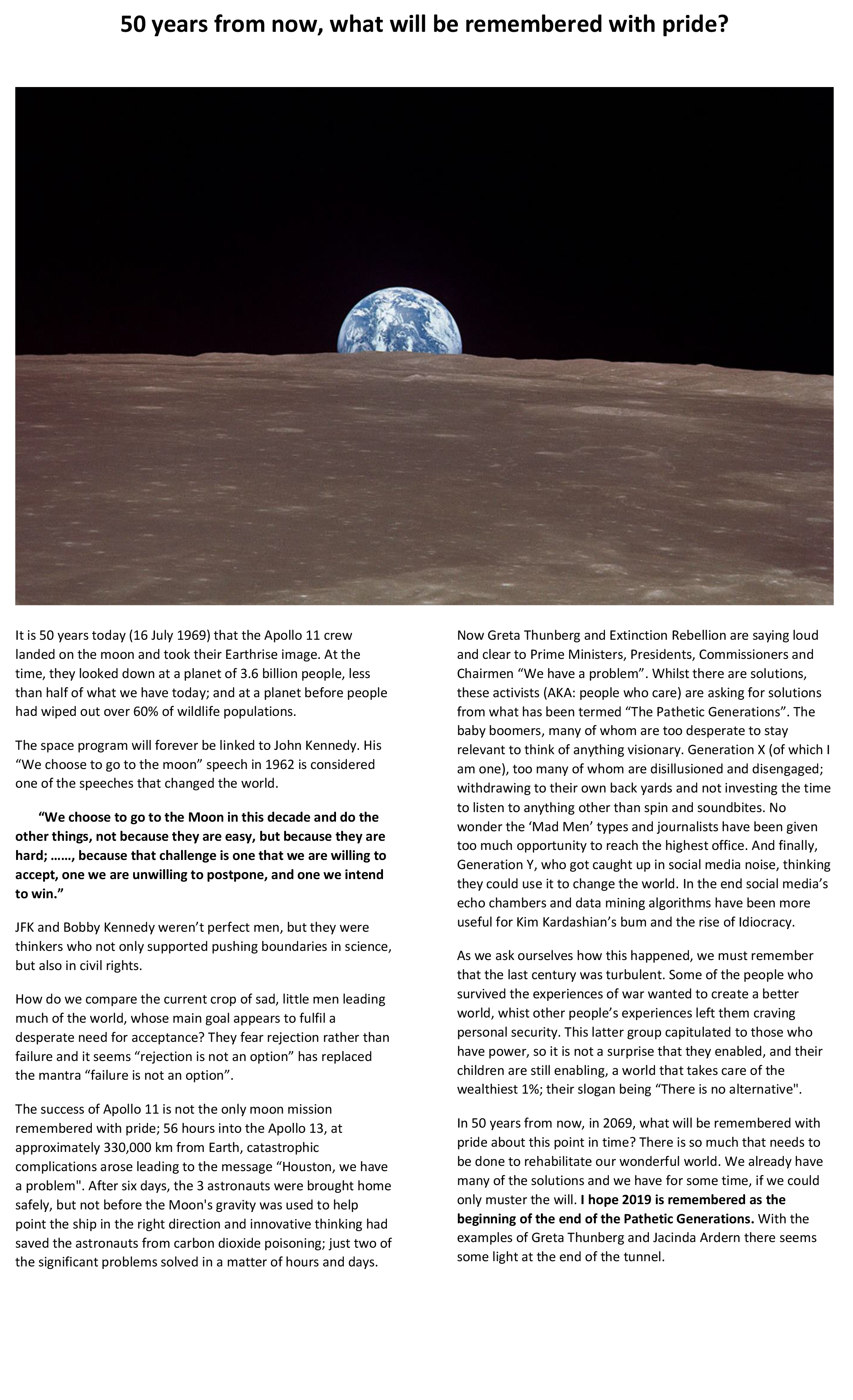
The New 1% – Leading Society
Periodically, a spark reminds people what has been tolerated for far too long. Perhaps there are no better recent examples than Greta Thunberg and Extinction Rebellion.
Greta Thunberg, a Swedish teenager sat alone at the Stockholm parliament building for the first time in August 2018, holding up a self-painted sign with the words School Strike for Climate. Just over 12 months later she was joined by more than 6 million people across 185 countries, for the Global School Strike for Climate.
Young people have stepped into the void left by previous generations, their parents and grandparents, who have focused on creating personal wealth at the expense of society, which includes taking care of the planet.
When we first started researching what a good leader looks like in the mid-1990s we discovered that authentic leadership has 5 different facets. We have become convinced over the last two decades that to develop as a true leader, you need to grow in all of them.
Of the 5 facets we identified, Leading Self, Leading Others and Leading Society are old and have been part and parcel of leadership for millennia. Leading Business and Leading Complexity are much more recent, they are direct products of the emergence of the merchant class and the industrial revolution.
Despite giving Leading Self and Leading Others new prominence through the ‘invention’ of Emotional Intelligence, in reality what is sought from leaders today is totally out of balance. Leading Business and Complexity have become far too prominent and Leading Society has been all but forgotten. We strongly believe that to address the climate and biodiversity emergencies, we have to remember who we were. We have to relearn how to do that and rediscover leadership that serves society, including taking care of the planet, getting equal billing to business and people.
The current top 1% will not lead this transition, they profit from maintaining the status quo as long as possible. This means it is time for a New 1%; not the richest, not the most famous. The New 1% are people of every generation prepared to take a stance and do something active to force a transition back to genuinely taking care of people and the planet.
The New 1% go beyond social media and petitions to be visibly active and a visible force for change in the real world, every day, week or month; in doing so they show their children and grandchildren that they are committed to ensuring they will have chance to experiences natures wildlife wonders.
As with any good leadership, the first step is to go to where people are at and to offer insights that challenge the current dominant worldview, which currently ignores the needs of wildlife and the natural world.
Where people are is in the workplace, enjoying sporting events or socialising with friends. To get their attention, we must take wildlife into these spaces, which is why we have created the annual World Games For Wildlife and annual global tea party for wildlife, the Style Icon Afternoon Tea. Once more and more people participate in such events, their worldview changes to be consistent with their new actions.
This effect can also be use in relation to the consumption of legal and illegal wildlife items as luxury products, which is mostly an attempt to achieve status differentiation among the wealthy elites.
If every member of a social circle has been to Venice, has bought the Audi or Mercedes and has got the same lifestyle home? How do they stand out? Thankfully, doing something illegal is not for everybody and most people shun going down this path. But that doesn’t change the fact that the pressure for social differentiation exists.

Providing new, different avenues for status differentiation, such as gaining status from contribution to society by being a part of the leadership the world is looking for, a New 1% visibly Leading Society to protect wildlife and the natural world.
